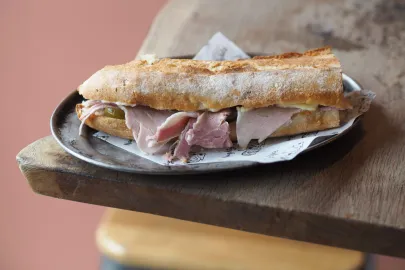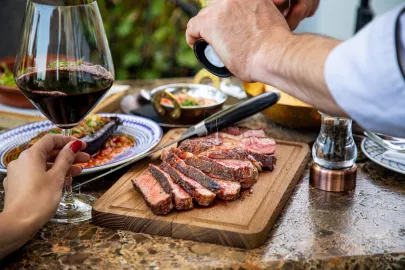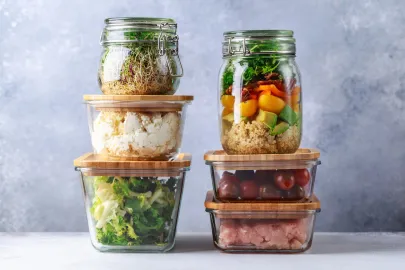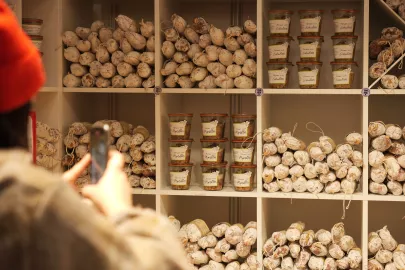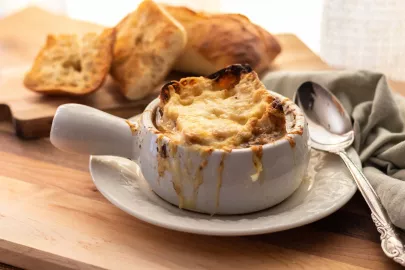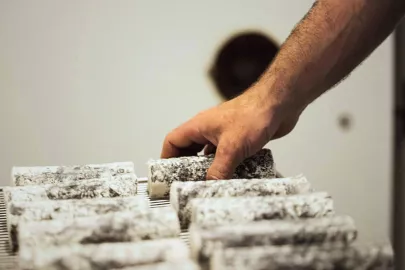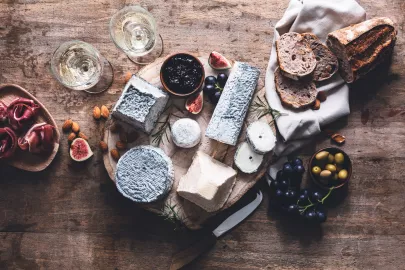It's time to explore all things rosé wine: from how to drink it to the best foods to pair it with, discover all you need to know about this refreshing summer tipple!
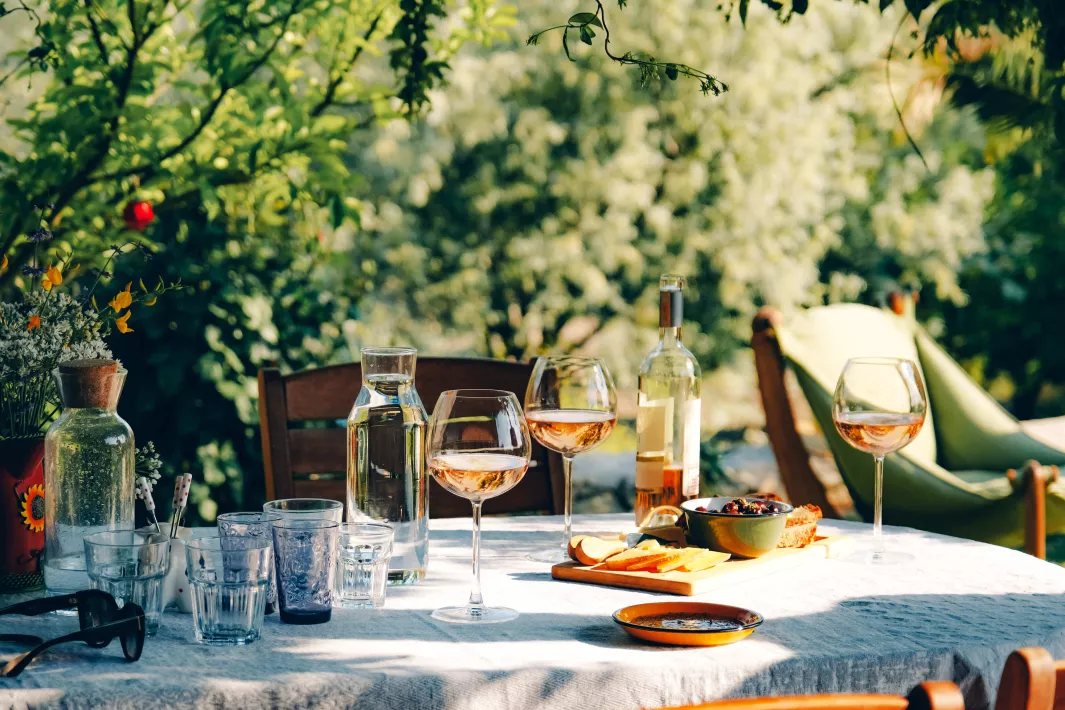
As the days get longer and the temperatures rise, wine-drinkers in France start living “la vie en rose”. That’s because rosé wine (or just “rosé” in short) makes its way off the shelf and into the ice bucket! With its blush-pink hue and bright fruity flavour, rosé is an increasingly popular drink for the warm summer months, fitting in seamlessly at every event, from garden parties to beach picnics and barbecues. Let’s get to know this festive French drink a little better, shall we?
French rosé wine: get to know the basics
Just like white or red, rosé is a genre of wine. Though it’s made using red wine grapes, the rosé production differs from that of a red wine: rather than letting the pigment-containing grape skins macerate with the juice over a long period, they are removed after some hours (usually 12-24). This process is what lends the wine its characteristic pink tone, and gives the winemaker control over the depth of colour their rosé achieves.
Today, rosé is produced throughout France, but it's most strongly associated with Provence. Not only is this region said to be where rosé originated, it’s reputed for making some of the best quality rosé wines and is the leading supplier of French rosé at present.

© ©Gilaxia
How to choose rosé wine
Because of its fruity flavor-profile, many people mistakenly believe that rosé is a sweet wine, but actually rosé can range from moderately sweet to bone dry! Another common misconception about rosé wines is that darker rosés are sweeter and therefore lower quality. In reality, the color of the wine has no indication on the level of sweetness, nor the quality of the wine.
The color of rosé can indicate one thing though: flavour! Lighter rosés usually have more of a crisp, floral flavor with notes of mint, strawberry, rose petal, or herbs. Darker rosés are more full-bodied with notes of raspberry, hibiscus, or berry jam.
When choosing a rosé you’ll want to consider the color, as well as the grape varieties used (rosé wines can be made using a wide variety of grapes, ranging from syrah and grenache to merlot and pink moscato), and the bottle’s age (as rosé is usually best consumed within a couple of years).
The best way to drink rosé
Most experts agree that rosé is best enjoyed chilled, noting that the ideal temperature lies somewhere between 8-13°C. This will bring out the best qualities of your rosé, in all of its crisp freshness, while any colder could mute some of the flavor. Opt to serve it in a smaller, tulip-shaped wine glass to help enhance its tangy, floral aromas and maintain its cool temperature.
Another way of enjoying rosé is by drinking “swimming pool rosé”. No, we don’t mean drinking a glass of rosé while floating in the pool (though that’s very nice too): this method involves adding some ice cubes to the glass for added freshness and lightness.
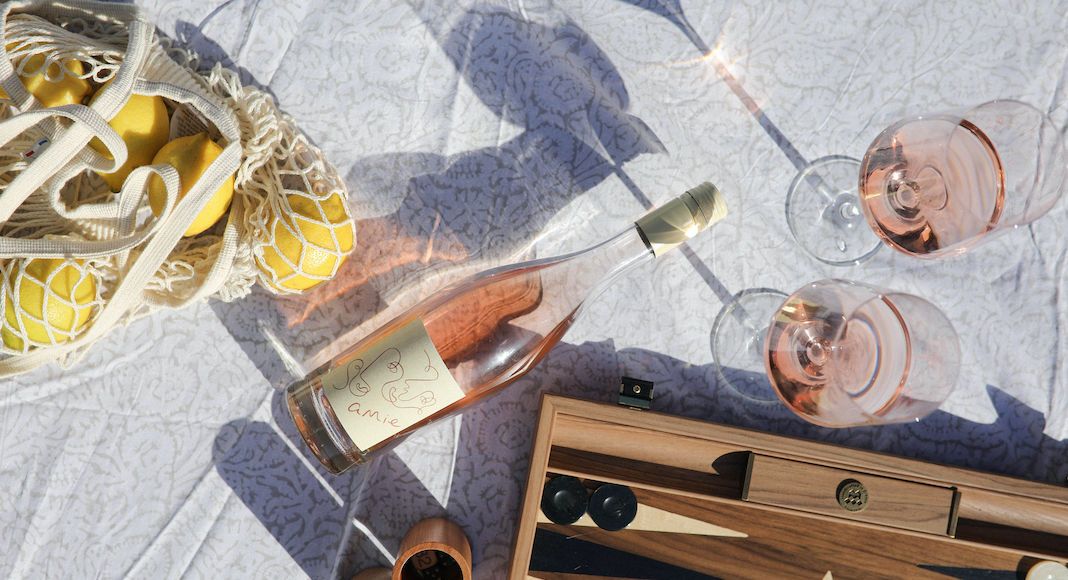
© ©Abbie Roden
Fabulous food pairings with rosé wine
Rosé pairs well with a variety of foods, making it the perfect sip to accompany all those al fresco dinners! Lighter rosé, with its notes of acidic fruit and herbs, works especially well with salads, light pasta dishes, creamy cheeses, and seafood like scallops or salmon. Darker rosé, which is more full-bodied and round with savoury notes of pepper and capsicum, complements grilled meats and fish, roasted chicken, salty anchovies and olives, or even a spicy curry!
Now that you’re well acquainted with this cheery and bright summer beverage, there’s just one thing to do the next time you’re in your local wine shop: think pink! And in the meantime, discover more of France’s wine-producing regions through our series on wine terroirs.

